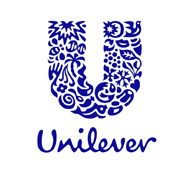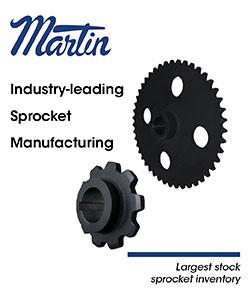



“That worked fine at the time,” said Alvin Franks, TPM/Maintenance Manager for Unilever in Independence. “But as we analyzed our processes, we realized we needed help.”
After outsourcing their inventory management to IBT, Unilever discovered that they could not only save money, but reduce their inventory—and find less-expensive parts at the same time.
“There is always pressure on cost savings,” Franks said. “We needed someone who could source non-OEM parts for us. That’s how the inventory control relationship started with IBT, and it has really helped us over the years.”
The Top 4 Most Common Inventory Problems
Phil Pope, the General Manager of Contract Services and Support for IBT, said that this is a frequent issue for growing businesses. He added that most companies experience one of the following common inventory problems at some point in their lifecycle:
1—Too much inventory. “Inventory is a taxable asset,” said Pope. “If you have too much of it lying around, you may be spending too much to keep it—especially underutilized and obsolete parts.”
2—Inventory redundancy. “Sometimes, when someone can’t find a part, the same bearing will get ordered three or four times, and stored in three or four different places,” Pope said. “That ties up money and space.”
3—Improper storage. Parts that are stored improperly can get nicked, crushed, scratched, kicked, and stretched. They also get dirty over time. “Damaged and dirty parts eventually become worthless,” Pope said.
4—Obsolete parts. “You don’t want to waste space on old, obsolete parts that you can’t use anymore,” Pope said. “That costs space, which ultimately costs you money.”
Tips for reducing Size and Cost of Inventory
To minimize the size and expense of your inventory, Pope recommends the following:
- Do a complete shelf-to-sheet inventory. Have someone personally verify every part—including how many, and where they are located.
- Set the right max/min levels for each part. Every part should have a maximum stock level and a minimum stock level. This prevents over-ordering.
- Barcode everything. Put the barcode where it can easily be scanned on the shelf. Create an Excel spreadsheet with the bar code location, part number, and description. Input all data into an inventory management system.
- Get rid of obsolete parts. Sell or dispose of unused parts that take up space and create clutter.
- Store items in a clean, dust-free environment. Clean dirty parts—or dispose of them.
- Find a third party to manage it. When Unilever realized that its employees didn’t have the bandwidth or expertise to manage their growing inventory, they turned to a third party, saving them time—and money.
Unilever Saves Time and Money
Once Unilever hired IBT to manage its inventory, they started saving time and money—and reduced stress on employees. Working with IBT has helped them to eliminate unnecessary parts and reduce their overall inventory.
“We’re under tremendous pressure to reduce our inventory, so the inventory accuracy must be very high,” Franks said. “IBT helps us to track the slow-moving parts and make recommendations to remove, reduce, eliminate, or sell parts, which saves us money.”
They also hired IBT to source all of their non-OEM parts, which saved them money by finding high-quality, lower-cost equivalents for items such as bearings, gloves, drill bits, and other consumables.
“It’s much cheaper than buying our loose parts directly from the manufacturer,” Franks said.
Help for Your Inventory Control
If you have overcrowded inventory, or need help managing it, call Phil Pope today at (913) 428-2812 or ppope@ibtinc.com for a FREE consultation.





